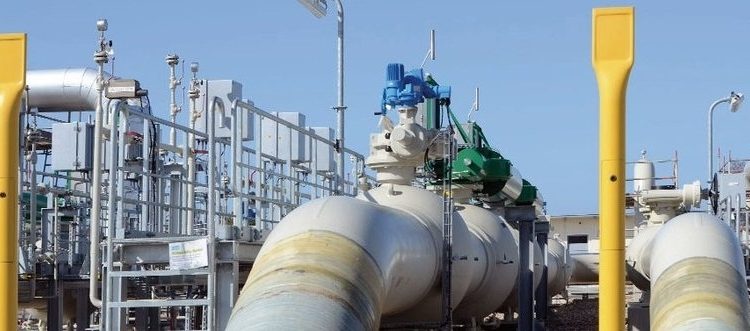New Delhi: India’s new gas pricing regime will offer greater downside protection for earnings of gas companies such as Oil and Natural Gas Corp (ONGC) and Oil India Ltd, S&P Ratings said Friday.
The new norms will not affect the pricing for gas produced from difficult fields that companies like Reliance Industries Ltd operate.
Under the new guidelines announced April 6, 2023, the government will set prices for domestically produced gas on a monthly basis; the rate will be 10 per cent of the average price of the Indian crude basket in the preceding month. The price will have a floor of $4 per million British thermal unit (mmbtu) and a ceiling of $6.5 per mmBtu.
“We expect the new gas pricing terms to result in more fluid market price revisions,” said S&P Global Ratings credit analyst Shruti Zatakia. Under the earlier regime, prices were reset semi-annually and were linked to gas prices in key international trading hubs.
The pricing mechanism for gas production from deep water, ultra-deep water, high-temperature, and high-pressure fields is unchanged. This means companies such as ONGC and RIL that operate such fields will maintain marketing and pricing freedom, subject to a ceiling price that is revised semi-annually.
“The floor price means ONGC will be able to generate a minimum of $4 per mmBtu on its gas production even if international natural gas prices decline to historical lows. The company’s realizations averaged $2 per mmBtu-$3 per mmBtu during low hydrocarbon prices in 2020,” S&P said in a statement.
The price ceiling will restrict earnings’ upside for ONGC, particularly amid current elevated prices. The price cap of $6.5 per mmBtu for the next two years is lower than the administered price of $8.57 for October 2022-March 2023. In contrast, the ceiling price for output from difficult fields remains unchanged at $12.11 per mmBtu for April 2023-September 2023.
The gas pricing reforms are intended to ensure more stable and affordable gas prices, and therefore fuel demand for natural gas. They also align with India’s ambitions of increasing the share of natural gas in the energy mix to 15 per cent by 2030 from 6.5 per cent now. Gas accounts for almost 50 per cent of ONGC’s production volume.
“We believe the gas price reforms and the currently favourable crude oil prices will incentivise ONGC to scale up capital investments over the coming 12-18 months,” said Zatakia. “This will be critical given the company’s crude oil production has been hit by ageing oilfields and delays and cost escalations on new discoveries.”
Geopolitical issues in international markets in fiscal 2023 (ended March 31, 2023) exacerbated the problem. The new guidelines allow ONGC and OIL to charge a premium of 20 per cent over the administered price for gas produced from new wells and from technology interventions in existing wells.
ONGC will likely maintain some cushion in its current stand-alone credit profile (SACP) assessment of ‘BBB+’.
“Under our forecasts, the company’s ratio of funds from operations to debt ratio will be 45-50 per cent in fiscal 2024 and fiscal 2025 under the new price regime. This is even if international crude oil prices retreat to mid-cycle levels of about $55 per barrel. ONGC is also unlikely to breach our 40 per cent threshold for a lower SACP even if its annual capital expenditure is Rs 50,000-55,000 crore in such a scenario over the period,” S&P said.
PTI






































